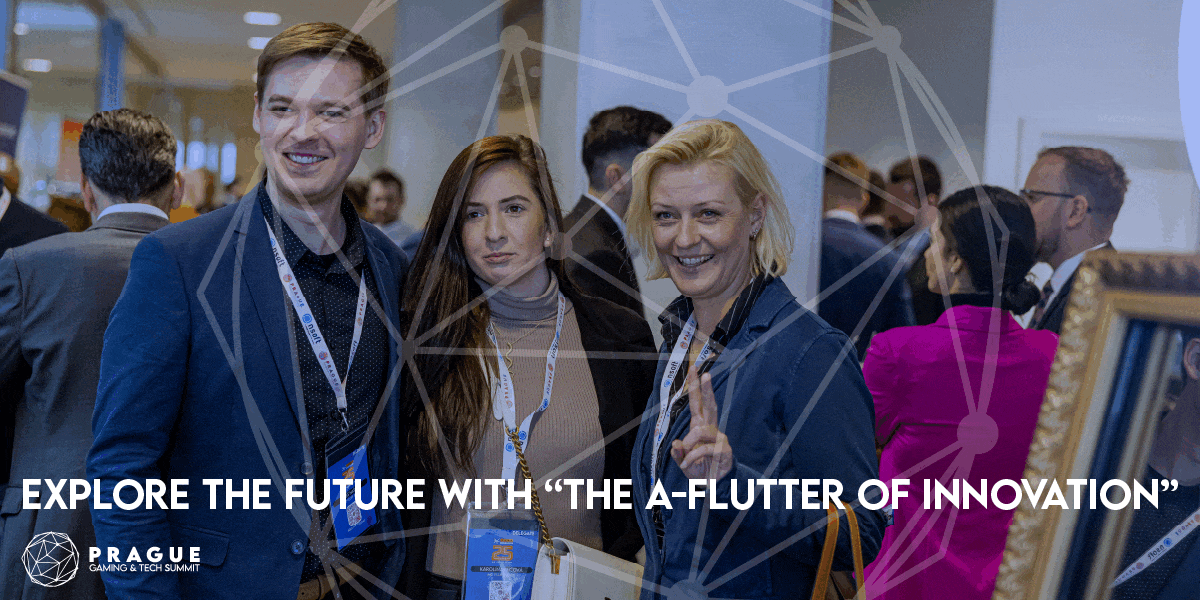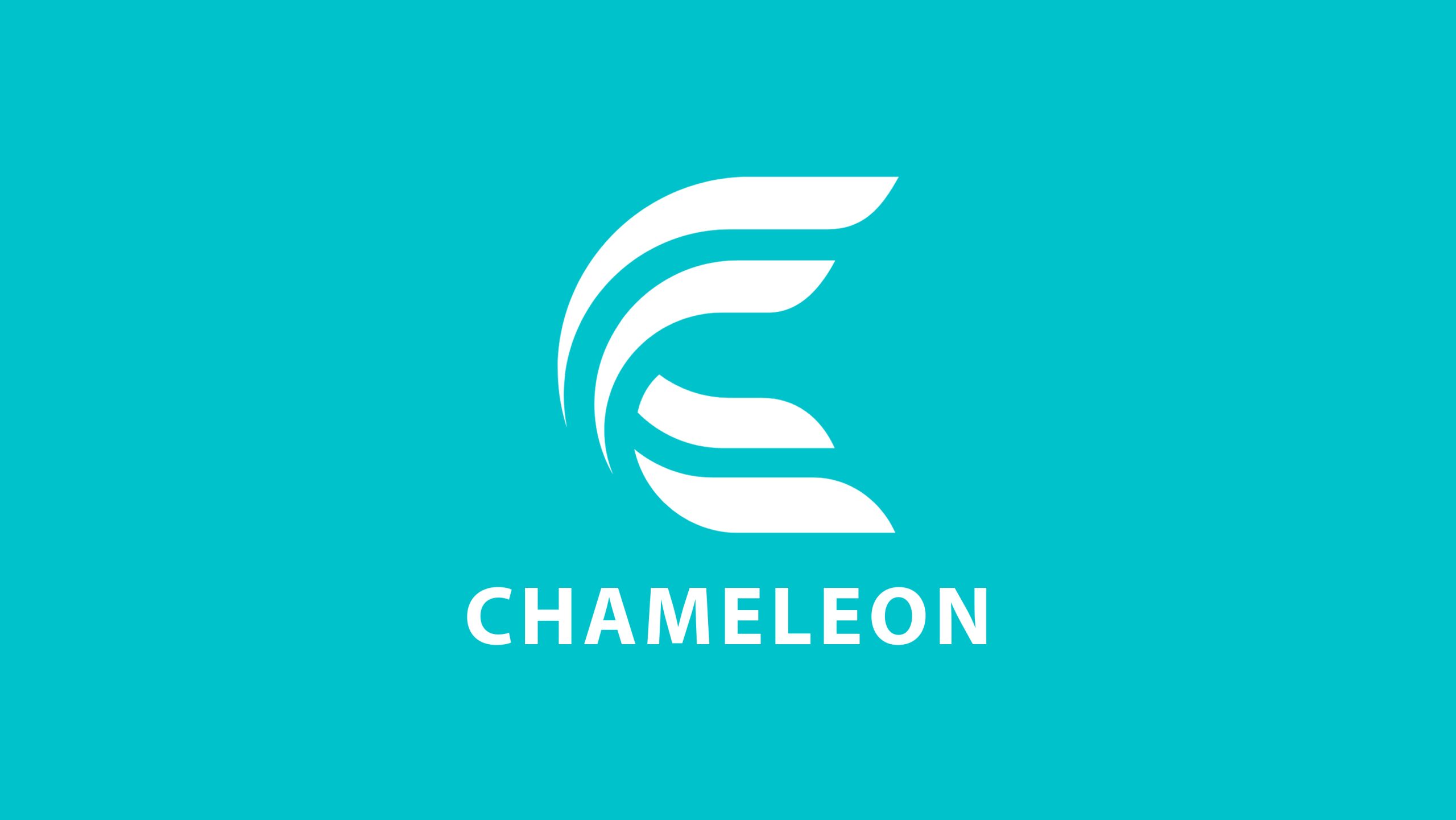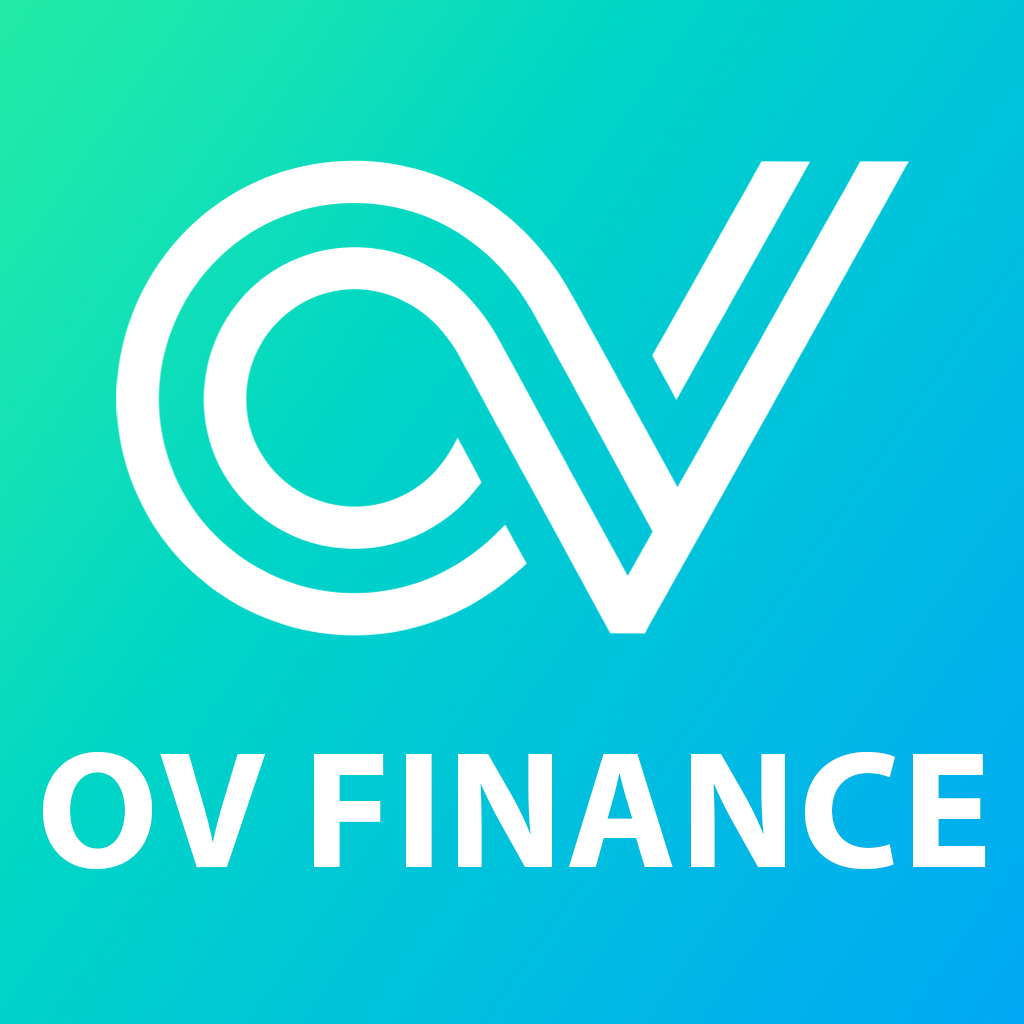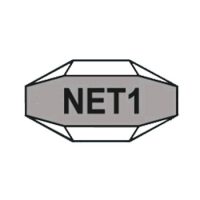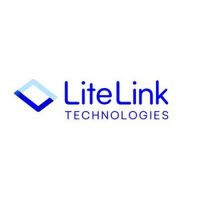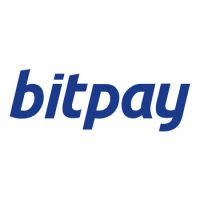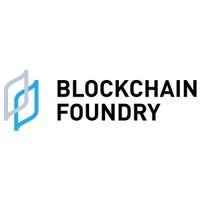Blockchain
LatticeX Foundation summarizes OCC’s Groundbreaking Guidance on Stablecoin and Cypto-payment Networks

Amidst the much heated global discussion of digital currencies right at the beginning of 2021, the Office of the Comptroller of Currency (OCC) brought forward an interpretive letter (# 1174), like the music taking ears in the Blockchain innovation market much in surprise.
The letter is generally heralded as the efforts in clarifying road rules from the U.S. regulatory agency for the application of innovative crypto technologies, paving the way forward for the national banks and the Federal Reserve Associations to use the new powerful technologies, including the Independent Node Verification Network (INVN) and stablecoins to better service the ever-demanding payment needs from the real economy.
In a nutshell, the letter tells:
1) Banks can act as nodes of the blockchain (INVN), issue stable coins, exchange stable coins for legal tender, and verify, store and record payment transactions.
2) Banks can use stablecoins to facilitate customer payment transactions.
The new guidelines open up the possibility for banks to use INVN and stablecoins to transfer funds faster between financial institutions without government intermediaries. This gave banks the green light to use the “always online” function of the compliant blockchain networks.
What Does This Mean, Exactly?
The market is excited about the OCC’s interpretive letters, because OCC has always been regarded as a rather conservative institution and often been criticized for lagging behind in supporting the development of financial innovation technology. Against this historical background, OCC’s latest letter just outlines a prudential regulatory agency framework, showing that the government actually understands that the cryptocurrency network is the foundation of the next-generation payment system, and is acting cautiously and quickly. It’s always encouraging to see major regulatory agency in keeping up with changing times and customer needs.
In fact, if we take a step back and analyze the landscape in a stretch timeline, OCC has obviously taken a rather systemic approach on the practice of cryptocurrency and digital assets for banks and financial institutions under its supervision. Since July 2020, OCC has published a series of guidelines:
The first interpretive letter 1170 published in July 2020 clarified the legal basis for the bank to provide customers with cryptocurrency custody services, especially around private key custody.
The second interpretive letter 1172 issued in September 2020 further elaborated on the authority of banks to hold and manage stablecoin reserves.
This is the third interpretive letter 1174, which is generally understood by the market as breakthrough cryptocurrency guidance for the future of banks and payments.
It is worth mentioning that in December 2020, the chief economist of OCC also published a paper named “Depicting the Future of Fintech”, which focused on the regulatory ideas for stablecoins. It is pointed out that stablecoins must be included in the concurrent supervision framework, stablecoin issuers must “out of the shadow” and would benefit from obtaining the National Bank Charter.
This shows that OCC’s acknowledging the power of leveraging blockchain networks and permissible stablecoins in forming the new payment infrastructure. This opens up new business opportunities for technology innovators to provide faster 24-hour real-time payment functions that currently lacks under the existing framework.
The Impact and Opportunities
Although OCC’s letter gave the green light that banks may use the “always-on” function of public blockchains, it’s clear neither public blockchains nor stablecoins will replace the traditional financial payment rail, rather, this is a crucial first step in legitimizing the exploration of public blockchain as an alternative infrastructure that banks may freely adopt.
As pointed out in the OCC explanation letter, “Over time, banks’ financial intermediation activities have developed and adapted to changing economic conditions and customer needs.
Banks have adopted new technologies to carry out activities permitted by banks, including payment activities. The ever-increasing demand in the market fully illustrates the changes in the economy’s financial needs, which are achieved faster by using disintermediation technologies (such as INVN) to verify and record financial transactions (including stable currency transactions). More efficient payment.”
We also noted that the letter emphasized that when banks must expand and maintain the operating rules that comply with the Bank Secrecy Act (BSA) and anti-money laundering (AML).
Banks need to make full use of the experience of BSA/AML to correctly address the unique risks associated with cryptocurrency transactions. As always, the complexity of the products and services offered must be commensurate with the level of sophistication in risk management and deemed appropriate for the strategic plan of business growth.
Obviously, safety and robust privacy preservation are the top considerations when it comes to deal with innovation and new payment systems. The use of INVN, digital assets, cryptocurrencies and other blockchain technologies are just new means to enhance and empower the needs of economic functions in digital transformation.
The capabilities in private computing will become the core competitiveness of next-generation financial institutions in providing such digital financial services.
It’s exciting to see the future unfold.
SOURCE LatticeX Foundation
Blockchain
Blocks & Headlines: Today in Blockchain – April 25, 2025 | BitNile, Dutch Blockchain Week, Citigroup, Philippine Blockchain Week, D.O.G.E Foundation

Blockchain’s metamorphosis from niche ledger technology to the backbone of Web3 has never been more evident. Today, we cover five stories that illustrate the evolving ecosystem: a gaming platform issuing its own token on Solana; Europe’s marquee Web3 summit; a major bank forecasting a “ChatGPT moment” for blockchain; a Southeast Asian conference aimed at busting crypto myths; and a foundation rebuilding blockchain from the ground up to solve scalability. Each development—whether product launch, industry gathering, macro forecast, educational initiative, or infrastructure innovation—offers a window into the trends shaping decentralized finance, NFTs, DeFi, and beyond.
1. BitNile.com to Launch Nile Coin on Solana
News Summary
Hyperscale Data’s subsidiary BitNile.com will introduce the Nile Coin on Solana starting May 1, 2025. The U.S.–based social gaming site chose Solana for its high throughput and low fees, aiming to enhance in-game economies, reward engagement, and deliver seamless micro-transactions. Details on tokenomics and governance are forthcoming, but management touts Nile Coin as a cornerstone of future gaming experiences.
Source: CoinTrus
Analysis & Commentary
Launching a proprietary token underscores two converging trends: the gamification of finance and finance-ification of gaming. By minting Nile Coin, BitNile.com taps into DeFi mechanics—staking, liquidity pools, NFT rewards—while leveraging Solana’s scalability. Strategically, BitNile.com positions itself for partnerships with NFT marketplaces and DeFi protocols, potentially opening secondary markets for in-game assets and generating new revenue streams beyond ad sales or subscription fees.
2. Dutch Blockchain Week 2025 Gears Up in Amsterdam
News Summary
From May 19–25, Amsterdam will host the sixth annual Dutch Blockchain Week, culminating in the two-day summit (May 21–22) at De Meervaart. Tier 1 exchanges (Bitvavo, Kraken, Coinbase), Web3 pioneers (WOW.ai, Blockrise), regulators (European Commission, De Nederlandsche Bank), and industry partners (Mastercard, Deloitte) will convene. Side events range from AI-powered hackathons tackling compliance to padel networking meetups—underscoring the event’s blend of technology, policy, and community.
Source: Dutch Blockchain Week
Analysis & Commentary
Dutch Blockchain Week typifies the maturation of blockchain conferences into multidisciplinary forums. Beyond token talk and yield farming, panels on regulation, institutional adoption, and security reflect Web3’s integration into mainstream finance. Anticipate announcements on CBDC pilots, DeFi compliance frameworks, and cross-chain interoperability projects that may emerge from the Block & Order Hackathon.
3. Citigroup Predicts Blockchain’s “ChatGPT Moment”
News Summary
In an April 23 report, Citigroup analysts argue that 2025 could be blockchain’s “ChatGPT moment,” driven by regulatory clarity around stablecoins and integration with traditional financial systems. They forecast stablecoin market capitalization ballooning to $1.6 trillion (base case) or as much as $3.7 trillion (bull case) by 2030—anchored by dollar-denominated issuers and collateralized with U.S. Treasuries. Regulatory frameworks like the GENIUS Act could catalyze adoption among banks and fintechs.
Source: Cointelegraph
Analysis & Commentary
Drawing parallels to generative AI’s explosive growth, Citigroup envisions a tipping point where blockchain moves from experimental to essential infrastructure. Successful integration will hinge on robust compliance tools, auditability, and clear governance models. Enterprise blockchain vendors should prepare for surging demand in tokenized payments, on-chain settlements, and embedded DeFi rails within legacy systems.
4. Philippine Blockchain Week 2025 Debunks Crypto Myths
News Summary
Scheduled for June 10–11 at SMX Convention Center Manila, Philippine Blockchain Week (PBW) 2025 will tackle misinformation and spotlight real-world use cases. Highlights include “Crypto, Unpacked” sessions demystifying the technology; “Smart Regulation” panels uniting policymakers and innovators; and “Blockchain for Impact” showcases on remittances, disaster relief, and digital identity. Founding President Donald Lim emphasizes government support and public–private collaboration to spur inclusive growth.
Source: UseTheBitcoin
Analysis & Commentary
PBW exemplifies how emerging markets leverage education to accelerate Web3 adoption responsibly. By engaging regulators early, PBW can shape balanced frameworks that encourage innovation while protecting consumers—an instructive model for markets wrestling with both hype and skepticism.
5. D.O.G.E Foundation Launches New Blockchain, Opens Seed Round
News Summary
The D.O.G.E Foundation announced a ground-up blockchain rebuild designed to solve the scalability and reliability challenges plaguing existing networks. This modular architecture separates validation from execution to enable parallel transaction processing—targeting real-time gaming, DeFi under high load, and AI-driven applications. A seed funding round is now open to investors who share the vision of a performant, decentralized infrastructure.
Source: D.O.G.E Altcoin GlobeNewswire
Analysis & Commentary
As layer-1 congestion and high gas fees persist, new entrants must justify a “why now” with clear architectural advantages. If the D.O.G.E blockchain delivers real-world throughput and maintains decentralization, it could spur a renaissance of high-performance DeFi protocols and NFT platforms hungry for cost-effective base layers.
Conclusion & Key Takeaways
-
Tokenization of Entertainment: BitNile’s Nile Coin on Solana highlights blockchain’s expansion into gaming economies and NFT reward systems.
-
Convergence of Tech, Policy & Community: Dutch Blockchain Week showcases Web3’s evolution into an ecosystem engaging regulators, enterprises, and developers under one roof.
-
Mainstream Inflection Point: Citigroup’s “ChatGPT moment” thesis suggests blockchain is poised for exponential adoption given regulatory support.
-
Education as Catalyst: Philippine Blockchain Week’s myth-busting curriculum underscores the importance of public–private dialogue in emerging markets.
-
Infrastructure Innovation: The D.O.G.E Foundation’s modular, high-throughput chain exemplifies the next wave of layer-1 networks addressing real-time, real-world use cases.
Today’s stories convey that blockchain’s next chapter will be written through strategic token launches, global convenings, regulatory clarity, educational outreach, and radical infrastructure redesign. By tracking these threads, industry participants can anticipate opportunities in DeFi, NFTs, Web3 games, and enterprise integration. Stay tuned for tomorrow’s Blocks & Headlines, where we’ll continue to decode the innovations shaping decentralized finance.
The post Blocks & Headlines: Today in Blockchain – April 25, 2025 | BitNile, Dutch Blockchain Week, Citigroup, Philippine Blockchain Week, D.O.G.E Foundation appeared first on News, Events, Advertising Options.
Blockchain
Chameleon Finance Launches Green Finance Initiative to Advance Sustainable Digital Asset Infrastructure
Blockchain
Ov Finance Upgrades Blockchain Infrastructure to Deliver Faster, Safer Digital Asset Trading
-

 Blockchain Press Releases7 days ago
Blockchain Press Releases7 days agoBybit’s CEO Meets with Vietnam’s Minister of Finance to Support Regulatory Sandbox and Strengthen Crypto Compliance
-
Blockchain5 days ago
Islamic finance Market to Reach $3.4 Trillion by 2027 in the short run and $7.7 Trillion by 2033 Globally, at 12.0% CAGR: Allied Market Research
-

 Blockchain4 days ago
Blockchain4 days agoBlocks & Headlines: Today in Blockchain – April 22, 2025 (Activity‑Weighted Consensus, Pectra Upgrade, Yoki Legacy, Verae–Evercycle, Earth Day)
-

 Blockchain3 days ago
Blockchain3 days agoBlocks & Headlines: Today in Blockchain – April 23, 2025 – EDPB, Binance, MicroCloud, Nile Coin, TruaBroker
-

 Blockchain Press Releases5 days ago
Blockchain Press Releases5 days agoIntroducing Clementine Bridge: Citrea Deploys First Complete BitVM Bridge Design on Testnet
-

 Blockchain2 days ago
Blockchain2 days agoBlocks & Headlines: Today in Blockchain – April 24, 2025 (Decrypt, CoinDesk, Cointelegraph, 80 Level, UNDP/BGA)
-

 Blockchain2 days ago
Blockchain2 days agoBlaqclouds Board Approves 30-Day Revenue Acceleration and Ecosystem Monetization Plan
-

 Blockchain Press Releases3 days ago
Blockchain Press Releases3 days agoCompass Mining Partners with NiceHash to Provide Discounted Pool Fees to Customers

